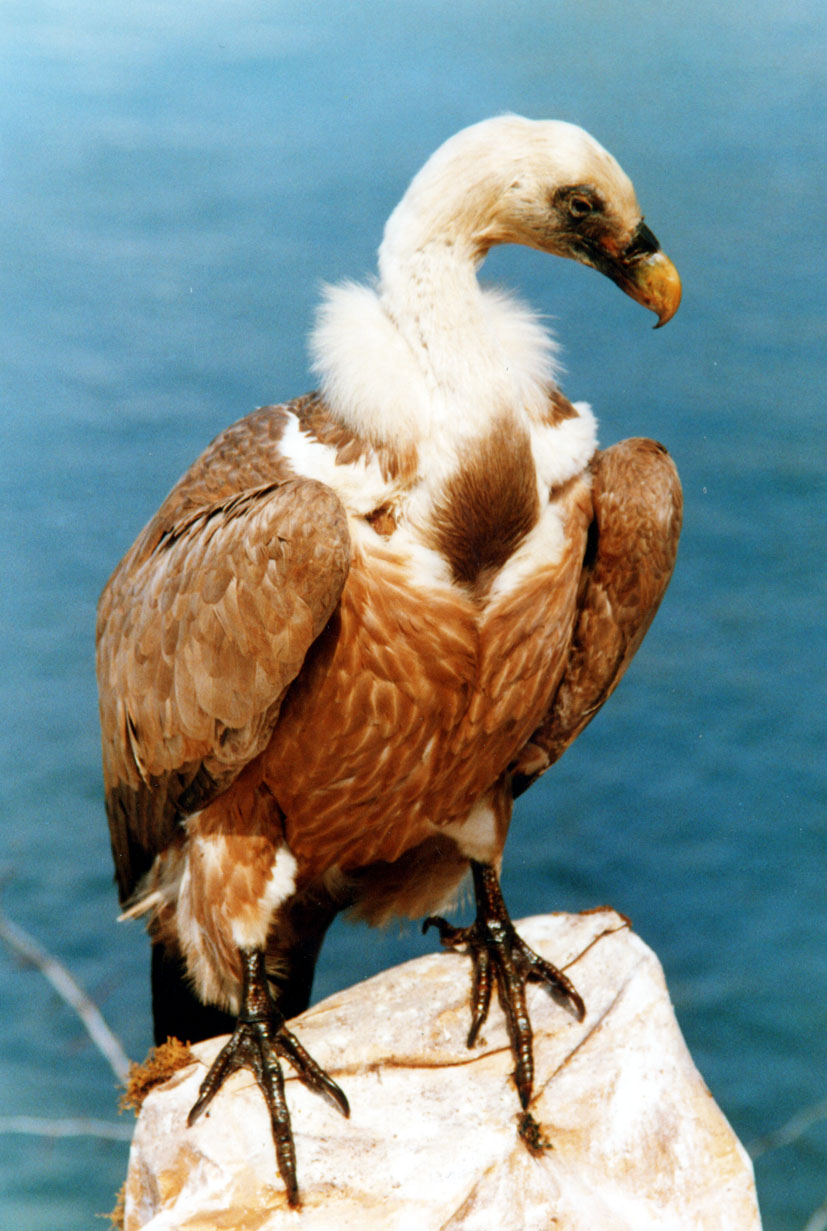History of Beli
History Beli, which means the Tramuntana takes 4,000 years continuously. Historical traces are found in many places, and it is assumed that the first inhabitants were Illyrians. The first known name of the Caput Insulei, which in Latin means head of the island. Obviously, in the past, Beli had great significance, which is understandable if you are known to be located on the route of the Amber Road and as a fortress on a hill overlooking the sea could control and protect navigation.
At the end of direct impact were Illyrians, Greeks, Romans, Bizantici, Goths, Arabs, Croats, Hungarians, Venetians, French, Austrians and Italians. The remains of the Illyrian buildings are located on a hill Sis, the Važminec and Kozichino and traces allegedly exist in the Beli. After the Illyrians Greeks, whose dominance ends in the first century BC, when this area was merged with the Roman Empire. According to some authors it did Julius Caesar, by setting limits to the east. After the fall of the Roman Empire in 476, briefly stopped Ostrogoths, and after forty years of performing the rule of Byzantium. In their time, these were the last area still some winners, so that the coastal villages largely destroyed, and the Roman population is being decimated.
Connoisseurs history argue that the Beli culminating during the Roman Emperor Tiberius. This is confirmed by an Italian historical sources, according to which from then follows a steady decline. The first name of the place was Caput inslae, and the name later changed to the Italian Caisole or Ca Fisola, and in 1018 said CIVITUS Cavisole, and then appears Beli! The Tradition that is here stayed Hungarian King Bela IV., Fleeing Mongols. After the departure of the Mongol he established the border region, who included Beli. Legend has it that Beli was named after him, and on the facade of a house still standing stone heads which they claimed was the head of Bela IV., In memory of the stay in that house.

For all who stop in Beli in the parish church of the cleansing of the Blessed Virgin Mary, the pastor rash organized a short reminder of the history of the place. Roman stone bridge is the best preserved monument from that time. Long 8, 4,70 wide and 12 meters high and in good condition. At the time of Roman rule in the White was a port for warships, which penetrates deeper into the land of today.
The present church was built on the site of the old church of the twelfth century, and the last renovation was in the eighteenth century. The church in Beli has a Black Madonna. The statue is the same as every statue of Mary that we can find in our churches, but Mary’s face dark, as if it originated from Africa. How she came from and when the Black Mother of God no one knows.
Eko trails
The first didactic eco-track on the island on Staza Tramuntana I, created on the initiative of Dr. Goran Susic, was created in collaboration Eco-center Caput Insulae Beli with association “Svanimir” and members of the mountain society “Kastav”.
Eco-trail was opened on June 24, 1997, St. Joseph’s Day. Ivana Baptist. The trail is marked by the label mountaineering -Red-Beli circle on the stone, which visitors can track the length of 7 km, which is easy walk to exceed approximately 3 hours.
Eco-trail has 20 stations (10 major sculptures and 10 among station), and the height difference between the highest and lowest point of 240m. Main station and among the eco-trail are marked so that all fit into the environment and not damaging the natural harmony – art of stone sculpture (which the author sculptor Ljubo de Karina), and marked the most valuable natural and cultural and historical sites of the area about which path. The major Roman sculptures (I, II, III, IV, …., X) and on among Arab (1, 2, 3, 4, … .., 10) numbers marked the place where the station, to facilitate map and find a description printed guide. With the number and sculptures have one glagolitic letter, so that all the sculptures, from the beginning to the end of eco-trails, circular, writes TRAMUNTANA. In addition, each of the 20 stone sculptures engraved rhyme or philosophical thoughts Andra, and so on so that its message is appropriate place where the sculpture is located.
Tour of eco-track began visiting exhibitions in the Eco-center in Beli, because they give a complete picture of the region. As part of the exhibition can be seen a large vegetation map of the whole island of Cres with the features of all types of vegetation, pastures endemic, rare woods, and the whole story about griffon vultures. The trail of eco-center moving slaughterhouse (the path that comes or goes with Beli, which is bordered by a dry stone wall, dry walls, and along which there is a small, thousands of years old house that serves as a stable) to the ruins of medieval churches ST. Simon, which is thought to be built in the 10th century. There is a grain store, a place where the women beat, attrition wheat. Route continues to visit Roman bridge (which was 2000 years ago by the Roman Emperor Tiberius), partly through so much the old Roman road, passing ancient centuries old oak forests of oak, oak and chestnut, visited Jamu Čampari in which they found skelet old bear 12000 years, visiting the abandoned houses or villages as well as prehistoric villages and temples, along with fresh water pool full of life, it can be to observe griffon vulture, and even more time to meet Macmalića- good spirit of the forest in the character midget on a tree. The route is circular, starting in Beli and comes in Beli.




















